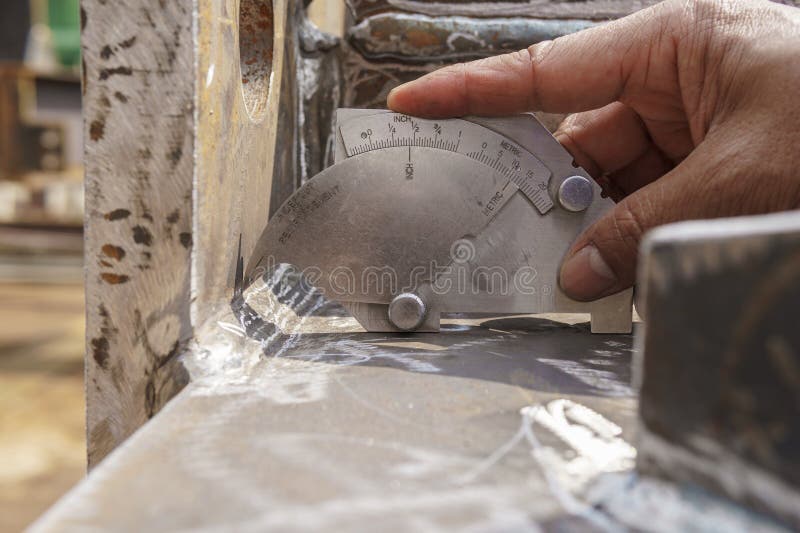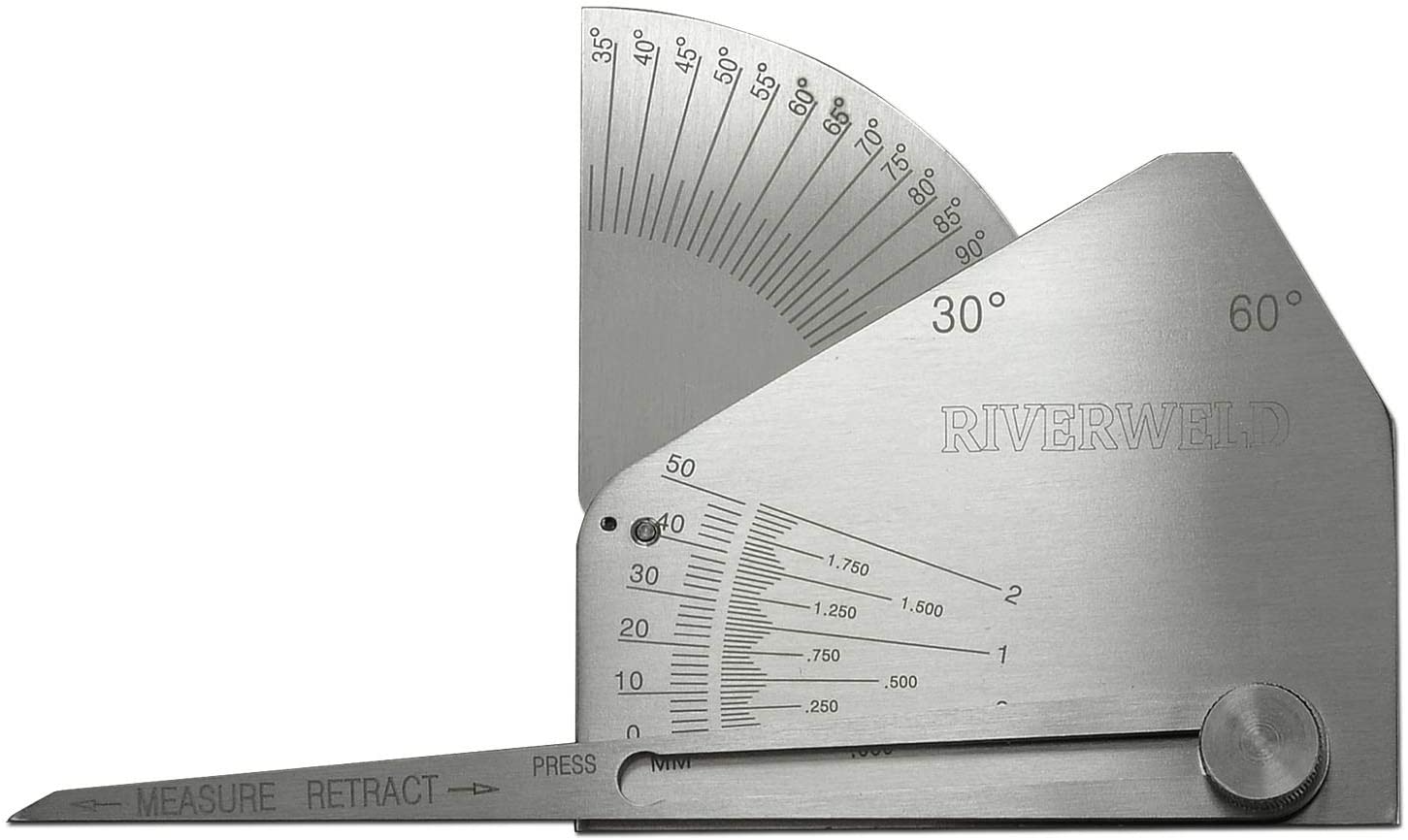Gauge Fillet Weld Essentials: Best Practices and Common Mistakes
Gauge Fillet Weld Essentials: Best Practices and Common Mistakes
Blog Article
Fillet Weld Style Strategies: Maximizing Joint Performance and Visual Appeal for Structural Integrity
In the world of structural design and construction, the relevance of fillet weld design strategies can not be overemphasized. By carefully thinking about aspects such as weld account optimization, product selection, joint prep work methods, welding process efficiency, and visual improvement methods, makers and engineers can attain a harmonious equilibrium between performance and appearance in their welded frameworks.
Weld Account Optimization


Achieving an optimum weld account involves a meticulous consideration of elements such as material thickness, joint arrangement, welding position, and wanted welding speed. Furthermore, the option of suitable welding specifications, such as voltage, existing, and travel rate, is basic in managing the form and dimensions of the fillet weld. Utilizing sophisticated welding techniques, such as pulse welding or robot welding, can additionally refine the weld profile to meet specific layout demands and top quality requirements.
Essentially, weld account optimization is a basic element of fillet weld design that directly influences the total performance and dependability of bonded joints in architectural applications.
Material Choice Considerations
When thinking about product selection for fillet weld style, the compatibility of the base metals is an essential factor affecting the structural integrity of the joint. It is important to select products that not just bonded with each other successfully but likewise have similar mechanical homes to ensure the tons is equally distributed between the weld and the base steels. Welding materials with greatly different buildings can cause problems such as tension focus, early joint failure, or fracturing.
Additionally, the setting in which the bonded structure will certainly operate need to be taken into account when picking materials. Aspects like deterioration resistance, temperature variations, and direct exposure to chemicals can all affect the longevity and efficiency of the weld joint. By picking products that appropriate for the desired application and atmosphere, the overall resilience and integrity of the bonded joint can be significantly enhanced.
Therefore, detailed factor to consider of product compatibility and ecological factors is vital in ensuring the weld joint's toughness, longevity, and overall structural stability.

Joint Preparation Strategies
Considering the crucial duty product choice plays in guaranteeing the architectural honesty of fillet weld joints, it is necessary to implement exact joint preparation methods that optimize the connection between the base steels. Joint preparation is an essential action that straight affects the quality and stamina of the weld. One essential strategy is the cleansing of base steels to eliminate any contaminants like corrosion, oil, or paint that can jeopardize the weld's honesty. This can be attained via methods such as grinding, cord cleaning, or chemical cleansing.
Moreover, proper fit-up of the joint is necessary to make certain uniform circulation of the welding product and avoid issues like incomplete penetration or too much accumulation. Beveling the edges of the base steels can develop a browse this site groove that permits much deeper weld infiltration and a stronger bond. Additionally, tack welding the parts in position before the last weld aids keep alignment and reduces distortion during the welding process. By meticulously adhering to these joint prep work methods, welders can enhance the total efficiency and appearances of fillet weld joints while making sure structural sturdiness.
Welding Refine Efficiency
Effective welding processes are crucial for achieving ideal efficiency and high quality in fillet weld fabrication. One crucial element of boosting welding process effectiveness is selecting the ideal top article welding method. Elements such as material type, joint design, and welding position should be carefully thought about to figure out the most suitable technique. As an example, processes like gas steel arc welding (GMAW) and flux-cored arc welding (FCAW) are commonly used for fillet welds as a result of their convenience and rate (Gauge Fillet Weld).
Regular calibration of welding makers, evaluation of consumables, and maintenance of welding lanterns can prevent downtime and rework, eventually saving time and resources. Trained welders are much more adept at adjusting criteria, troubleshooting issues, and keeping regular weld high quality.
Visual Improvement Methods
To enhance the top quality of fillet weld fabrication, executing visual enhancement approaches can play a vital function in guaranteeing accuracy and accuracy throughout the welding process. Aesthetic enhancement approaches incorporate different methods intended at enhancing the look and top quality of fillet welds. One common method is using back removing systems to remove oxidation on the backside of the weld, leading to a cleaner, a lot more cosmetically pleasing coating. In addition, employing proper lights plans in the welding area can enhance visibility, allowing welders to monitor the weld swimming pool and ensure regular bead development. Aesthetic help such as weld size gauges and magnifying lenses can aid in assessing weld accounts and dimensions precisely. In addition, the use of contrasting marking products or temporary tacking can assist in straightening and positioning the workpieces specifically before welding. By incorporating these visual enhancement techniques right into the welding process, index welders can achieve not only structurally sound fillet welds however additionally aesthetically appealing results that satisfy market criteria.

Conclusion
Finally, optimizing fillet weld style entails cautious consideration of weld profile, material selection, joint prep work, welding process performance, and visual enhancement approaches. By carrying out these methods, architectural integrity can be enhanced while additionally achieving aesthetic allure. It is important to prioritize both efficiency and visual appeals in fillet weld style to make certain the overall quality and sturdiness of the joint.
By meticulously taking into consideration variables such as weld profile optimization, material choice, joint preparation methods, welding procedure performance, and visual improvement fabricators, engineers and methods can achieve a harmonious equilibrium between performance and look in their welded structures.In the realm of fillet weld design, optimizing the weld profile plays a vital function in making certain architectural honesty and efficiency. The weld account, which consists of the size and shape of the weld cross-section, directly influences the circulation of anxiety and load-bearing capacity within the joint. It is essential to choose products that not just weld together effectively yet additionally possess comparable mechanical buildings to make certain the lots is uniformly distributed in between the base and the weld metals - Gauge Fillet Weld.In conclusion, maximizing fillet weld style includes careful factor to consider of weld account, material option, joint prep work, welding process performance, and aesthetic enhancement methods
Report this page